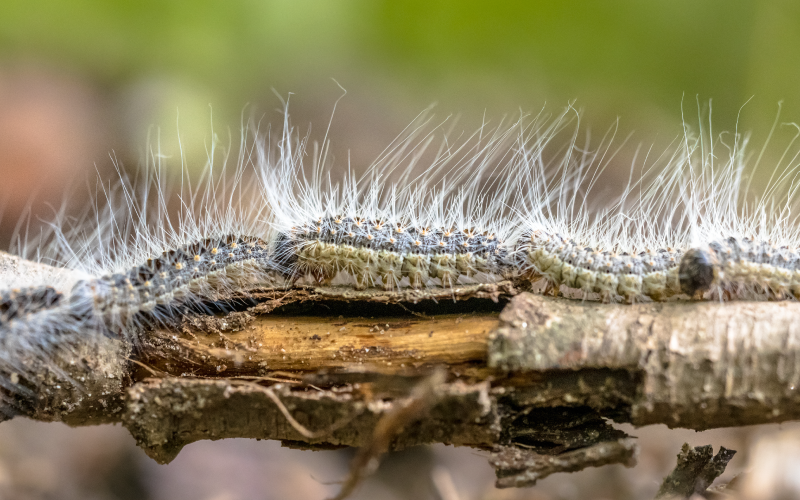
Defra release update to OPM management zones
As indicated by the Association last month, the Department for Environment, Food and Rural Affairs (Defra) has now introduced changes to the operational boundaries for the Oak Processionary Moth (OPM) management zones.
This change has been prompted by the spread of OPM within the UK. Since first being identified in London in 2006, OPM has now spread and is established in the South East of England from Windsor and Bracknell Forest in the west to Basildon and Thurrock in the East. This area is classified as an 'Established Area'.
A designated 'buffer zone', situated around the perimeter of this established zone and created to protect the remaining areas of the UK which - so far - are pest free, has expanded.
Existing restrictions introduced to prevent the spread of OPM remain and are likely to be strengthened later this year.
The restrictions currently include:
- no imports of oak trees from outside the EU are permitted into the UK
- the import of large oak trees from EU countries into the GB pest-free area and movement within GB are prohibited unless they meet strict criteria
- movement of large oak trees with a girth of 1.2m above the root collar of 8cm or more within the GB buffer zone and GB established areas and from the buffer zone and established area into the Pest Free Area is prohibited unless they have been grown throughout their life in a site with complete physical protection and have been inspected
Full details of the updated management zones may be reviewed here
Further reading
Guidance for managing OPM in England (Defra document)
Oak processionary moth: Plan and manage risks
